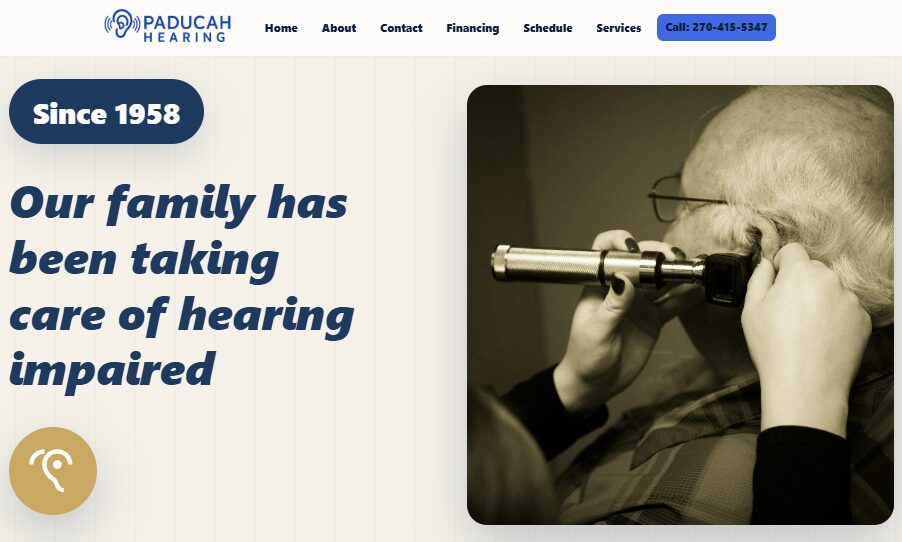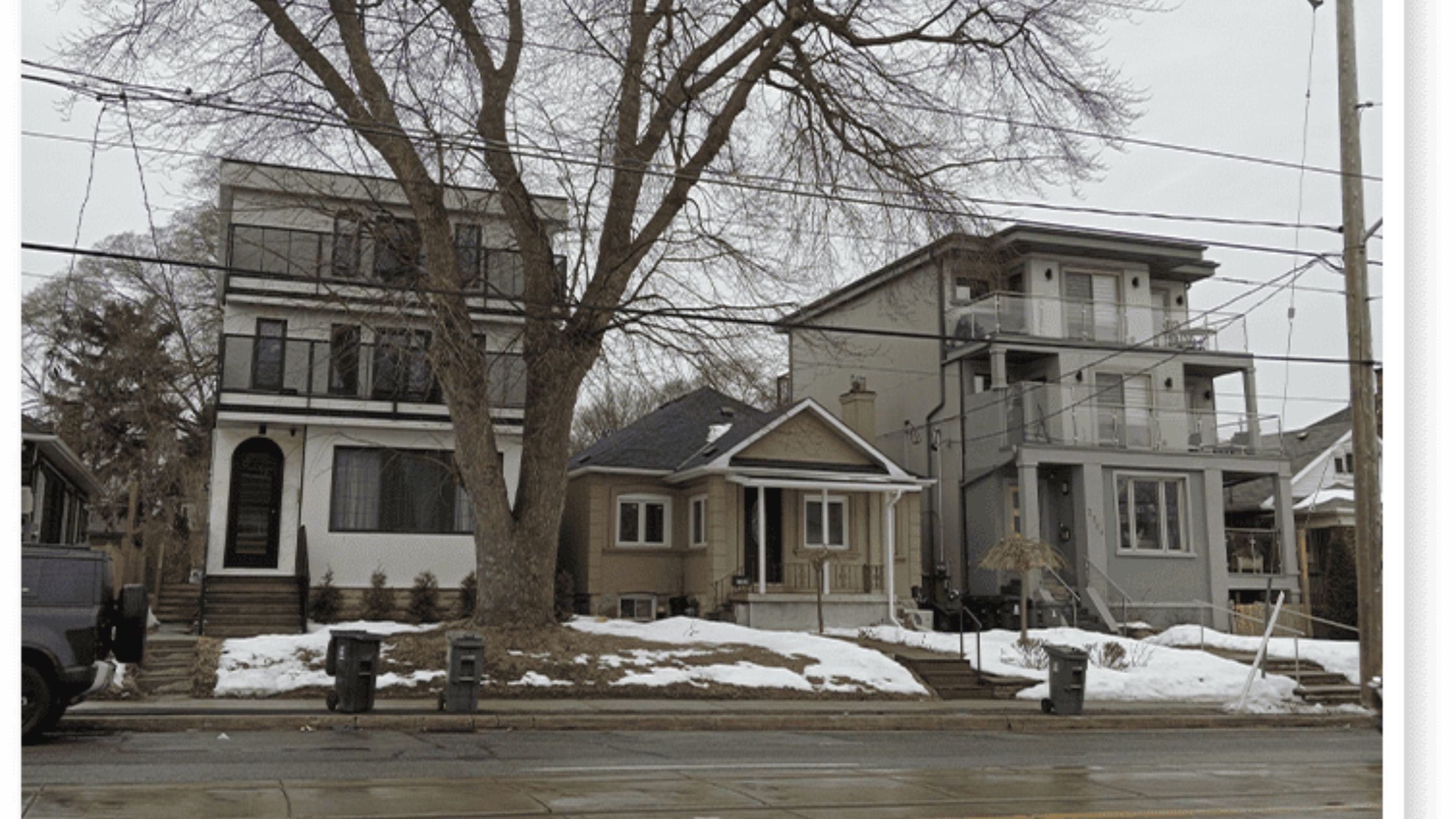
Movement is the lifeblood of every warehouse and construction site. Careful manipulation of materials is required for stacking, moving, and positioning. Equipment such as road rollers, boom lifts, and forklifts allows this to happen. However, security is the bedrock of any trouble-free process. Without proper safety measures, mishaps can halt a project, costing lives, money, and time.
A good foundation in forklift safety is essential. Although it is designed to efficiently lift, move, and transport goods, a forklift can still be damaged. Operators must understand the machine’s limitations. Tipping or motions that are not under control can be caused by conditions such as overloading or unequal weight distribution. Damage to the load or injuries could occur with the slightest slip. Therefore, it is essential always to be aware of your surroundings and maintain good visibility.
Regardless, pre-use inspections must be conducted. Brakes, tyres, hydraulics, steering, and warning devices should all be checked by the operator before each shift. Before starting any task, no matter how small, the problem must be resolved. After all, preventing minor issues from escalating into major mishaps is the primary goal of routine inspections.
Other than that, training properly is just as necessary. All certified operators are required to have a solid understanding of operational hazards, turning dynamics, load balance, and other relevant factors. To better foresee potential dangers, drivers benefit from both academic knowledge and practical training. Coordination with different pieces of machinery is also a part of the training. For instance, road rollers and boom lifts frequently coexist with forklifts. Learning the ins and outs of these devices’ movement and operation around the site helps keep workers safe and boosts productivity.
A great deal of mishaps can be avoided with good speed management and spatial awareness. Be extra cautious when driving in crowded areas, maintain a safe distance from pedestrians, and use your horn or turn on your lights when approaching a junction. Before transferring any items, forklift operators should make sure they are stable and secure. With a heavy load, it can be extremely dangerous to make abrupt turns or stops.
It is impossible to ignore the safety of pedestrians. Warning signs, designated areas, and clear walkways ensure the safety of both employees and guests. Effective communication is essential when forklifts are operating in close proximity to road rollers or boom lifts. Operators can be guided through complex or confined spaces by spotters or supervisors who can coordinate their movements.
Conclusion
Encouraging safety is the goal of maintenance and monitoring. Forklifts, boom lifts, and road rollers all require regular servicing to operate reliably. To keep operations running smoothly, it is essential to maintain accurate maintenance logs, adhere to manufacturer specifications, and address wear and tear promptly. Preventing downtime and operational risk is another benefit of intelligent maintenance scheduling.
As a conclusion, safety is an ideology. Workers should be able to cease what they’re doing if they feel unsafe doing it. An atmosphere that minimises accidents and maximises productivity is created through open communication, regular training refreshers, and well-defined safety procedures.







